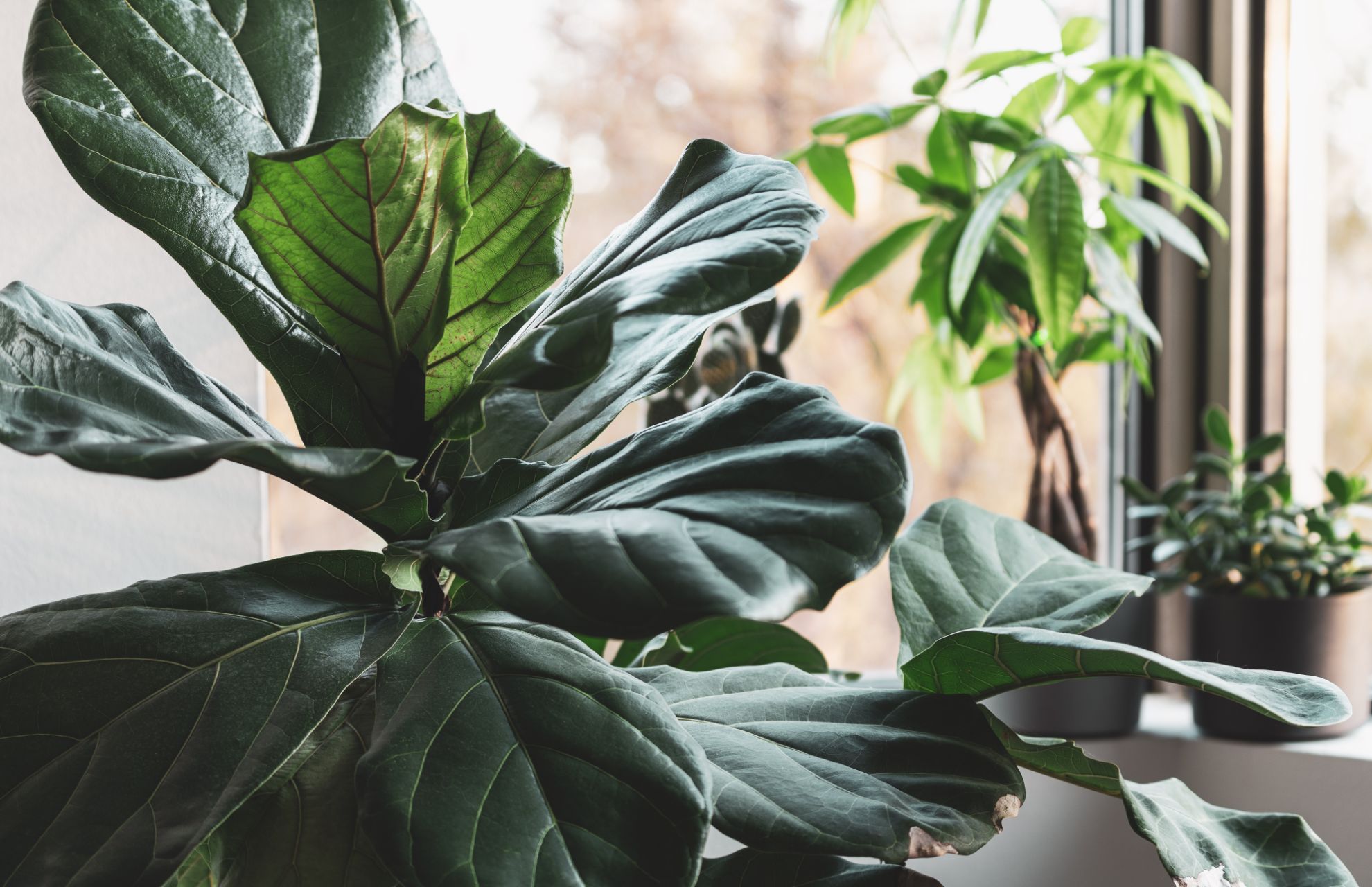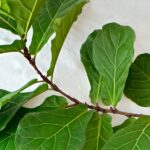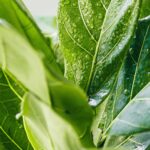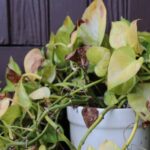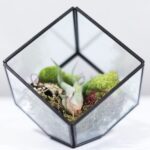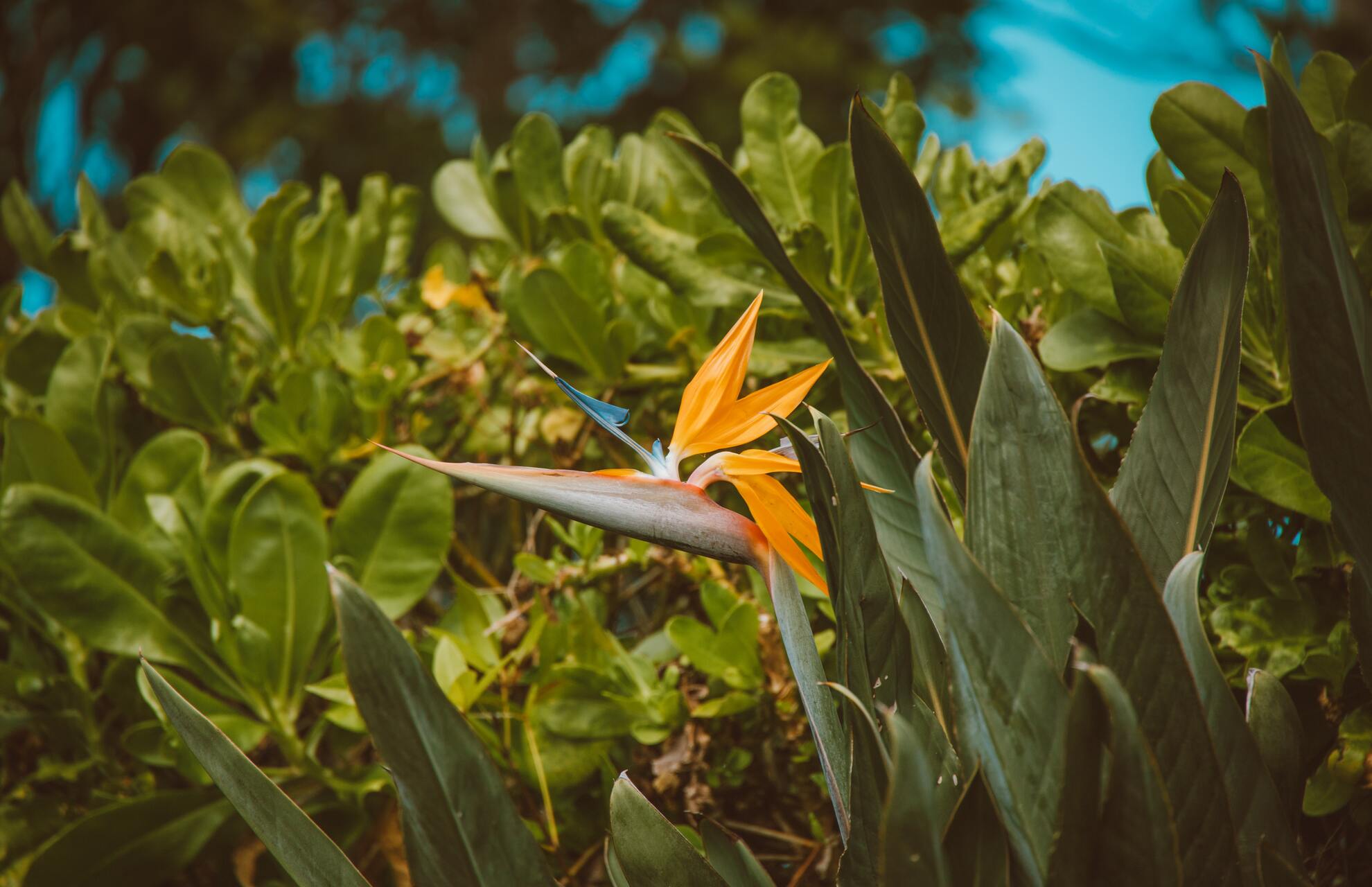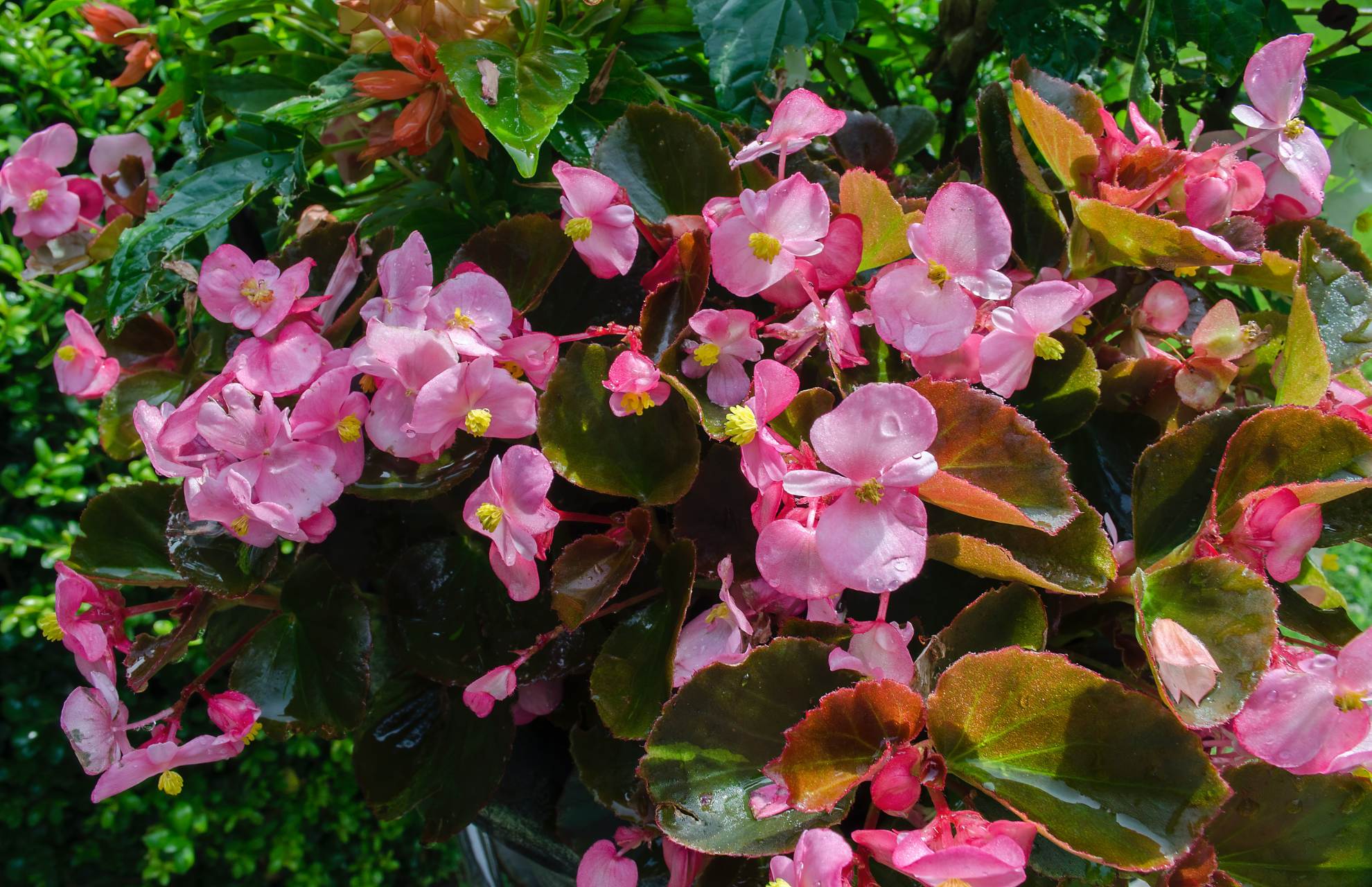The Fiddle Leaf Fig is one of the most common houseplants today and is known for its gorgeous broad and shiny deep green leaves. Fiddle leaf fig leaves with brown spots, however, can be annoying and perplexing. The good news is that there are ways to recognize and address the causes of various brown spots. You can learn how to treat brown spots on fiddle leaf figs by reading this article.
What Your Fiddle Leaves Are Telling You
When there is a problem, fiddle leaf figs are excellent communicators. The most typical indications that your Fiddle Leaf is pleading for assistance are as follows:
- Brown Spots– Usually denote some watering stress is present. Spots can develop and lead to fungi infections like root rot from overwatering or poor drainage.
- Yellowing Leaves– This sign is caused by a few different things. Yellowing leaves are typically caused by inadequate light, a lack of nutrients, excessive fertilization, and an imbalance of water.
- Leaf Drop– The most frequent causes of this symptom in Fiddle Leaf Figs are variations in temperature and light, as well as an inconsistent watering schedule.
Reasons For Brown Spots On Your Fiddle Leaf Fig
Pest, Disease, Or Bacterial Infections
A Fiddle Leaf Fig can be attacked by a wide variety of pests, and each of them over time causes sunken brown spots in the middle of the leaves. Aphids, thrips, and spider mites are the most prevalent.
Brown spots and leaf drops are other bacterial infection side effects. However, almost all of the leaves will be affected to some degree, with the browning beginning on the leaf’s edges first.
How To Identify
- Search the undersides of any leaves that are still healthy for tiny black, white, or brown specks. These can either be the actual pests or the damage that their attacks have caused.
- Look for sticky areas on the leaves, which are a sign of pests like aphids that produce honeydew.
- Inspect the soil for signs of mildew or webbing across the top surface.
- On each leaf, keep an eye out for numerous lighter brown spots that signify bacterial infections.
Best Cures And Remedies To Fix
Depending on the species, different treatments must be used for different pests, but for the majority, horticultural soap and careful hand-cleaning will suffice. Less watering and brighter light conditions may help browning leaves recover from bacterial infections, but the discoloration won’t go away.
Root Rot
The outer roots of this plant suffocate and rot when the soil mixture surrounding the roots of the fiddle leaf fig remains wet for too long. Root rot is difficult to spot until spots on the leaves turn very dark, almost black. Dropping leaves is another indication that the Fiddle Leaf Fig has received too much water.
How To Identify
- Examine the outer roots by lifting the plant out of its container. The issue is rot if the roots are slimy, darkened, or dead.
- Despite receiving plenty of water, look for wilting leaves, which point to root rot.
- Keep an eye out for spots in the center of the leaves that are very dark, almost black, and for leaf drops.
Best Cures And Remedies To Fix
If you even suspect overwatering, stop watering as frequently. For plants where rot root has already taken hold, you might need to remove the roots’ saturated soil mixture and trim away any mushy or darkened material. Wait a few days before watering the trimmed root mass after placing it in a dry pot of soil mixture.
Read More: What Is The Best Soil For Fiddle Leaf Fig Trees?
Underwatering
Brown spots are frequently caused by too much water, but Fiddle Leaf Figs also turn their leaves brown in response to dry weather. Low humidity or insufficient watering may be to blame for this. Brown spots start to appear in the leaf’s center in addition to its browning edges.
How To Identify
- Look for wilting that goes along with the brown spots in the center of the leaves and crispy edges.
- By removing the plant from the pot, you can inspect the soil for dry spots that aren’t absorbing water.
Best Cures And Remedies To Fix
More frequently, but not necessarily more thoroughly, water. According to the size of the root ball, try placing the plant in a tub and flooding it, then letting it soak for 10 to 30 minutes. Move the plant closer to a source of humidity, such as a bathroom with a shower, or raise the humidity with a small humidifier.
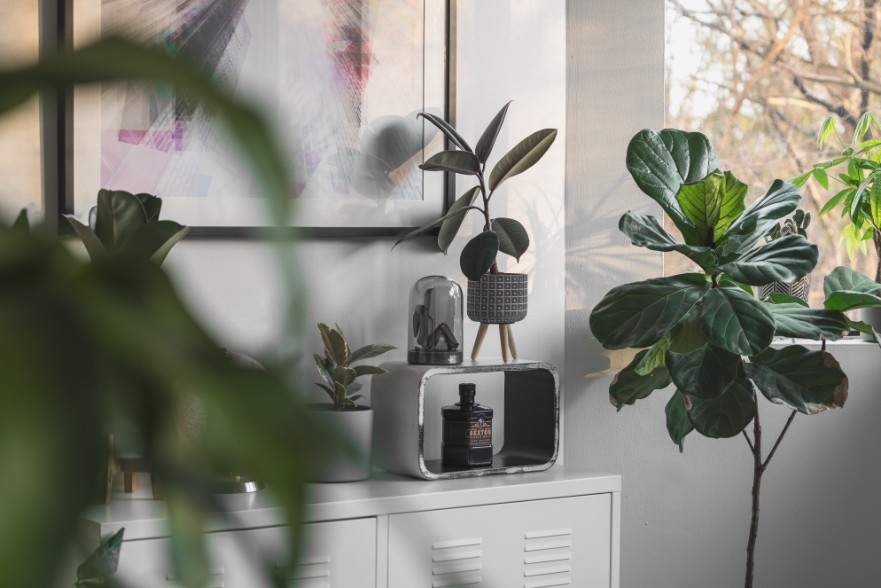
Overwatering
One of the most frequent causes of problems with indoor plants is overwatering.
How To Identify
- Check to see if the soil is completely wet by sticking your finger into it. If even after a week, it hasn’t dried out a few inches down, a better draining soil mixture might be required.
- Keep an eye out for mold and fungi in the pot, two signs of too much moisture.
Best Cures And Remedies To Fix
Fiddle Leaf Figs should only be watered when the top two inches of soil are completely dry. Do not water based solely on appearances or schedule. Give a plant that has been overwatered a week or two without any waterings to allow the soil to dry out.
If it’s a persistent issue, think about changing to a soil blend with better drainage. Avoid placing the plant in a saucer or other container that collects runoff.
Sunburn
Although they like a bright light for at least six hours a day, this kind of houseplant doesn’t like direct light for longer than a few minutes at a time. Sunburn also referred to as sun-scald, is caused by exposure to excessive direct sunlight.
The damaged area of these leaves will probably first turn yellow and droop in a small area before becoming flat and brown.
How To Identify
- Pay attention to any healthy leaves that have color loss or yellowing in a single area.
- As the season’s change and the sun’s angle shifts, make sure that the amount of sun exposure isn’t changing significantly.
- Fiddle Leaf Figs respond to any significant change in light by dropping some leaves, so be prepared for this after moving a plant or getting sunburned.
Best Cures And Remedies To Fix
Fiddle Leaf Figs should not be placed near windows that may receive excessive direct sunlight. All you can do once sunburn has begun is stop further injury. A leaf may turn brown from minor damage, but it’s unlikely that it will fall. Leaf shedding will result from larger burns.
Lack Of Light
Similar to how watering causes discoloration, both inadequate and excessive light exposure can cause it. The stem or leaf veins are where these spots, which can be dark, soft, or sunken, form.
How To Identify
- On the plant’s shaded side, look for leaves that are a lighter shade and have less sheen than the leaves on the sunny side.
- To identify whether lighting problems are the issue, rule out other typical causes.
Best Cures And Remedies To Fix
Do not attempt to rotate the plant so that all of the leaves receive light. Since turning the plant only causes the leaves to fall, artificial lighting is the only option for more even growth.
To promote wholesome new growth, relocate the plant nearer to a window if necessary or buy new plant lights.
Over Or Under Fertilizing
Fiddle Leaf Figs don’t require a lot more fertilizer than one or two doses each summer. Brown spots on the edges and centers of the leaves are frequently the result of over-fertilizing.
When the houseplant receives insufficient fertilizer, light-colored browning from the veins outward takes place.
How To Identify
- Be on the lookout for browning, either from the veins outward for under-fertilizing or from the edges inward for over-fertilizing.
Best Cures And Remedies To Fix
A balanced houseplant fertilizer dose can easily be correct under fertilization. Start with a diluted application and then apply a full-strength application two months later. If you think there has been a problem with the potting mix, stay away from overfertilizing and replace it.
Conclusions
Your fiddle leaf fig plant’s brown spots have a known cause, and you know how to treat them. Remember that they thrive best in an environment with bright, indirect sunlight, no chilly drafts, and regular weekly watering.
Read More: Are Fiddle Leaf Figs Toxic to Pet Cats, Dogs, or Other Animals?

